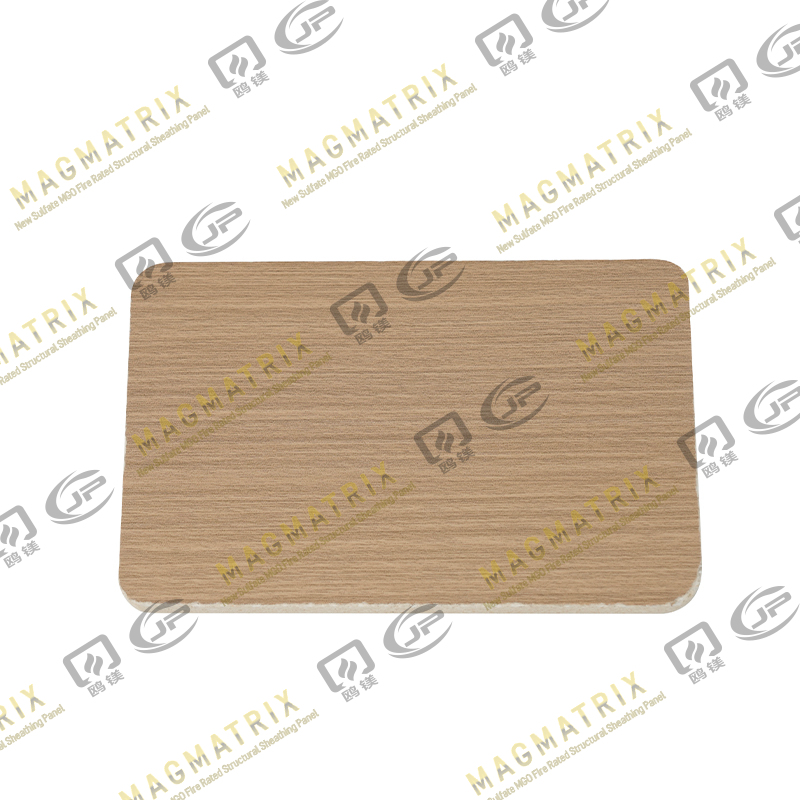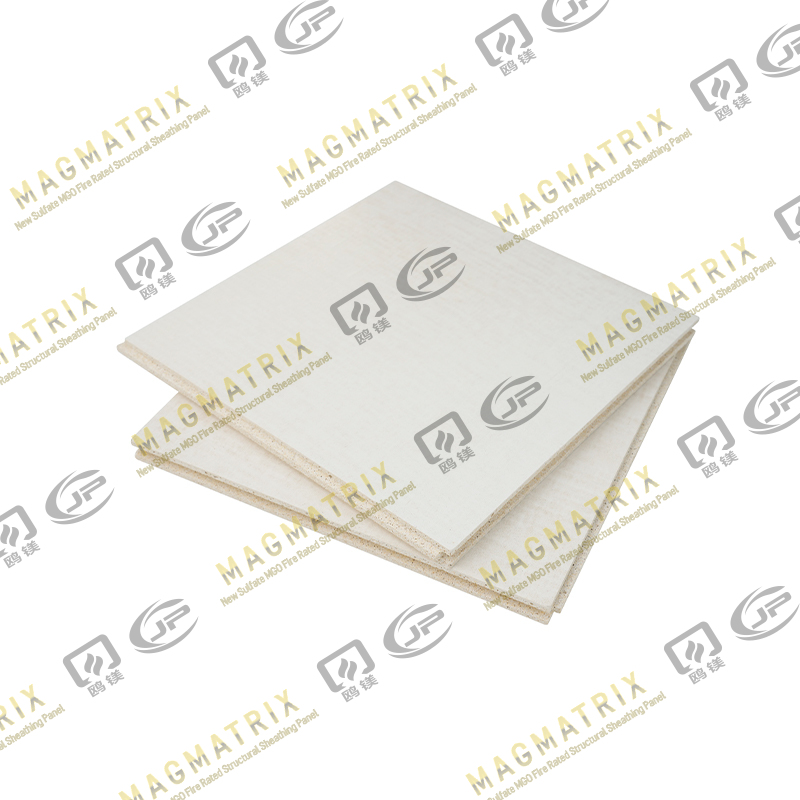Magnesium oxide (MgO) wall sheathing boards have become increasingly popular in modern construction due to their fire resistance, durability, and environmental friendliness. However, when selecting materials for walls, ceilings, or exterior applications, a key concern is dimensional stability: specifically, whether MgO boards shrink or warp over time.
MgO board is a composite material made primarily from magnesium oxide, magnesium chloride, and reinforcing fibers such as glass or wood pulp. It is typically used as an alternative to traditional gypsum board or cement board for walls, ceilings, and sometimes exterior sheathing.
Some of the main characteristics that make MgO board appealing include:
- Fire resistance: Most MgO boards are naturally non-combustible.
- Water resistance: Many MgO boards resist moisture better than gypsum board.
- Mold and mildew resistance: The alkaline nature of MgO inhibits microbial growth.
- Environmental sustainability: MgO boards are often made from industrial byproducts and have lower carbon footprints compared to cement or plywood.
Despite these advantages, concerns about shrinkage and warping remain, particularly when MgO boards are exposed to fluctuating moisture or temperature conditions.
Shrinkage in MgO Boards
What Causes Shrinkage?
Shrinkage occurs when a material loses moisture or undergoes chemical changes that reduce its volume. For MgO boards, the main factors that could potentially lead to shrinkage include:
-
Moisture Loss:
During the curing process, MgO boards contain some water from the hydration of magnesium compounds. As the board dries over time, a small degree of shrinkage can occur.
-
Improper Curing:
Boards that are not properly cured at the factory or on-site can experience uneven moisture loss, leading to dimensional changes.
-
Temperature Fluctuations:
Extreme heat or direct sunlight can accelerate drying, potentially causing slight contraction.
How Much Shrinkage to Expect
High-quality MgO boards are manufactured to minimize shrinkage. In most cases:
- Dimensional changes are minimal, often less than 0.2% of the board’s size.
- Shrinkage is more noticeable immediately after installation if the board was exposed to high moisture levels or improper storage conditions.
- Once boards stabilize under normal indoor humidity conditions, further shrinkage is negligible.
Practical takeaway: Proper storage and acclimation before installation are essential to prevent noticeable shrinkage.
Warping in MgO Boards
What Causes Warping?
Warping refers to the bending or bowing of the board, resulting in uneven surfaces. The main causes of warping in MgO boards include:
-
Uneven Moisture Exposure:
- Boards that absorb water on one side, such as during wet weather or high-humidity environments, can warp.
- Water exposure can come from leaks, condensation, or improper sealing.
-
Improper Installation:
- If the boards are not adequately fastened to a level surface, they may bow between supports.
- Incorrect spacing between screws or nails can create uneven tension and lead to warping.
-
Storage Conditions:
- Stacking boards on uneven surfaces or storing them in wet conditions can cause permanent deformation.
How to Prevent Warping
- Store properly: Keep MgO boards in a dry, flat area before installation. Avoid prolonged exposure to rain or direct sunlight.
- Allow acclimation: Let the boards sit in the installation environment for at least 24–48 hours to adjust to temperature and humidity.
- Use proper fasteners: Follow manufacturer guidelines for spacing screws or nails, usually 8–12 inches along framing members.
- Seal edges: Applying joint tape or edge sealing can reduce moisture absorption and minimize warping risk.
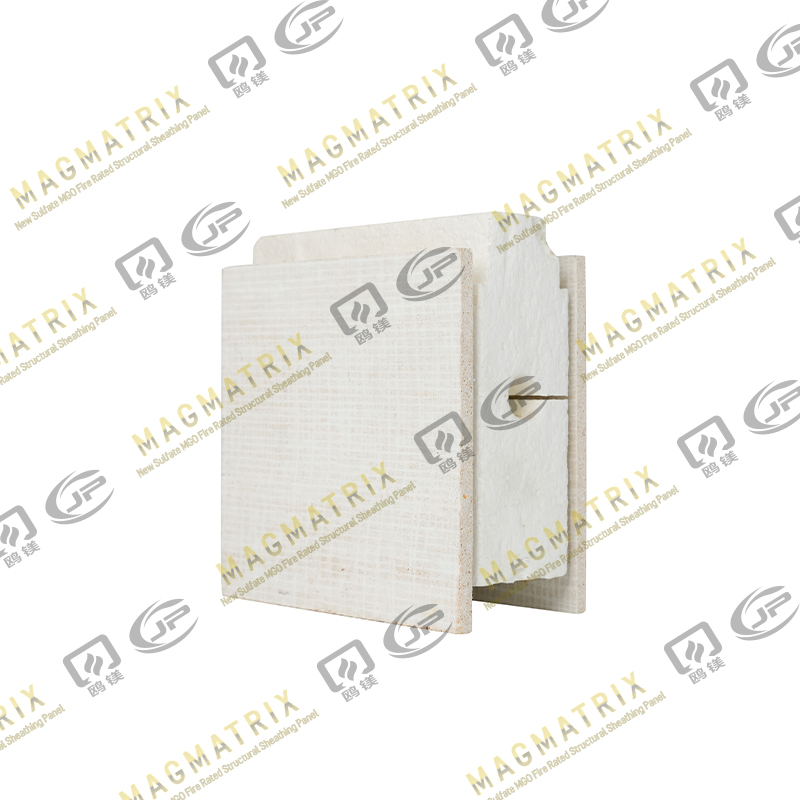
Environmental Factors Affecting MgO Board Stability
Humidity and Moisture
MgO boards are more moisture-resistant than gypsum board but less resistant than cement board. In areas with extreme humidity or occasional water exposure:
- Boards may absorb small amounts of water at edges or cut surfaces.
- Prolonged dampness can lead to slight swelling, which may revert after drying but can cause minor surface irregularities.
Tip: Use water-resistant MgO boards or protective coatings for bathrooms, kitchens, and exterior applications.
Temperature Changes
MgO boards generally tolerate normal indoor temperature variations. However, boards used in unconditioned exterior walls may experience:
- Expansion in high heat
- Contraction in low temperatures
Repeated cycles of expansion and contraction may slightly affect flatness over many years. Choosing thicker boards and proper fastening reduces the risk of warping.
Installation Best Practices to Minimize Shrinkage and Warping
- Select high-quality boards: Opt for boards from reputable manufacturers with proper curing and quality control.
- Acclimate before installation: Keep boards in the installation area to match local temperature and humidity.
- Use the correct fasteners: Screws or nails should penetrate framing members securely without over-tightening.
- Maintain consistent spacing: Uneven fastening or spacing may create tension differences and warping.
- Seal edges and joints: This reduces moisture absorption at vulnerable points.
- Avoid direct water exposure: Ensure proper roofing, siding, and vapor barriers protect boards during and after construction.
Comparing MgO Board with Other Materials
| Feature |
MgO Board |
Gypsum Board |
Cement Board |
Plywood/OSB |
| Fire Resistance |
High |
Low |
High |
Low |
| Moisture Resistance |
Medium-High |
Low |
High |
Medium |
| Shrinkage Risk |
Low |
Medium |
Very Low |
Medium-High |
| Warping Risk |
Low |
Medium |
Very Low |
Medium-High |
| Installation Ease |
Moderate |
Easy |
Moderate |
Easy |
From the table, it is clear that MgO boards generally have lower shrinkage and warping risk than gypsum or plywood, but slightly higher than cement board. With correct handling and installation, dimensional changes are minimal.
Long-Term Performance and Maintenance
With proper installation:
- MgO boards can last 20+ years without noticeable shrinkage or warping.
- Routine inspections for moisture intrusion, leaks, or structural movement can prevent long-term problems.
- Minor surface imperfections from early shrinkage can be corrected with joint compound or sanding.
Note: Boards exposed to unprotected outdoor environments may require periodic maintenance, such as sealing or repainting, to maintain stability.
Common Myths About MgO Board Shrinkage and Warping
-
Myth: MgO boards warp easily in bathrooms.
Fact: High-quality water-resistant MgO boards, when properly sealed and fastened, remain stable even in high humidity.
-
Myth: MgO boards always shrink after installation.
Fact: Minimal shrinkage may occur immediately after installation, but once the board acclimates, further shrinkage is negligible.
-
Myth: Thinner boards are more stable than thicker ones.
Fact: Thicker boards generally resist warping and bowing better due to increased rigidity.
Conclusion
MgO wall sheathing boards are a reliable and durable choice for both interior and exterior construction. When it comes to shrinkage and warping:
- High-quality MgO boards experience minimal shrinkage, usually less than 0.2%, and stabilize quickly after installation.
- Warping is uncommon if boards are stored, acclimated, and installed correctly.
- Environmental factors like moisture and temperature can influence performance, but proper precautions—such as edge sealing, correct fasteners, and acclimation—largely prevent issues.
In summary, MgO boards are dimensionally stable and trustworthy for long-term construction projects. For builders, architects, and DIY enthusiasts, understanding storage, handling, and installation best practices ensures that MgO wall boards perform as intended without shrinking, warping, or compromising structural integrity.
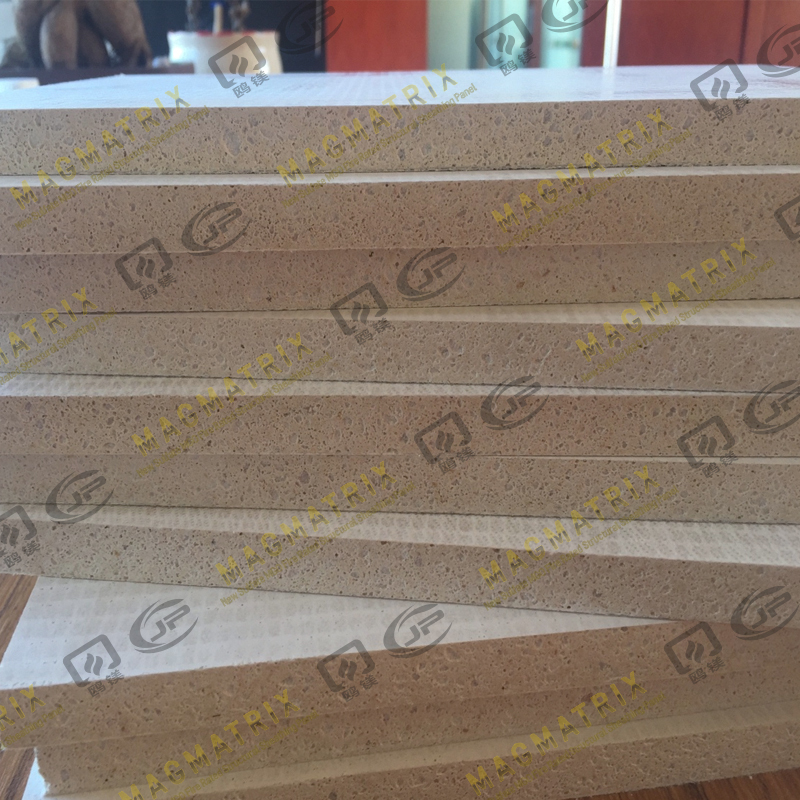 BMSC 517 New Sulfate MgO Board
BMSC 517 New Sulfate MgO Board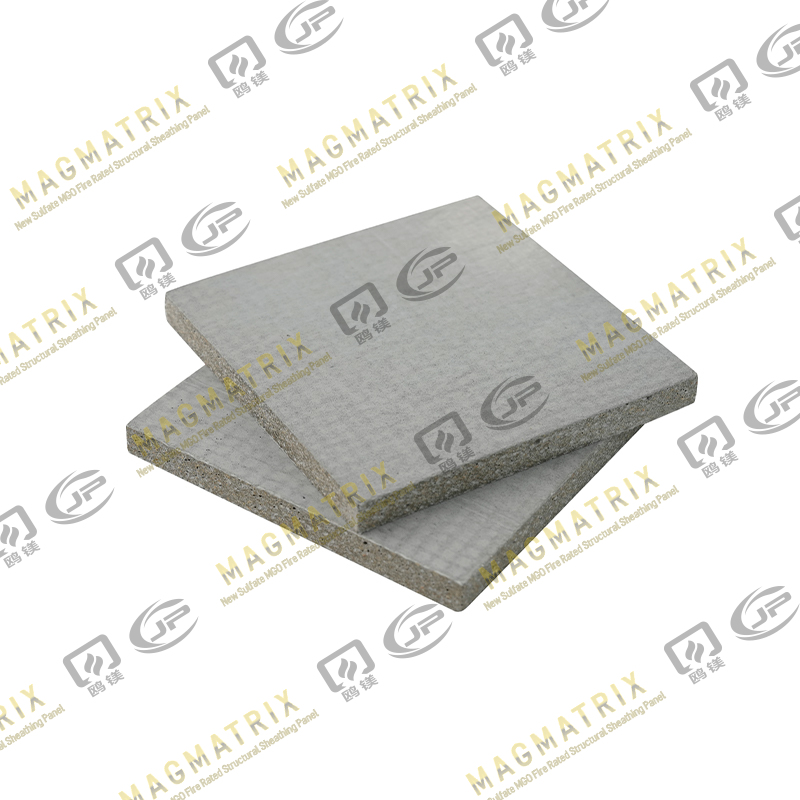 Multi-Support MgO Wall Sheathing Board
Multi-Support MgO Wall Sheathing Board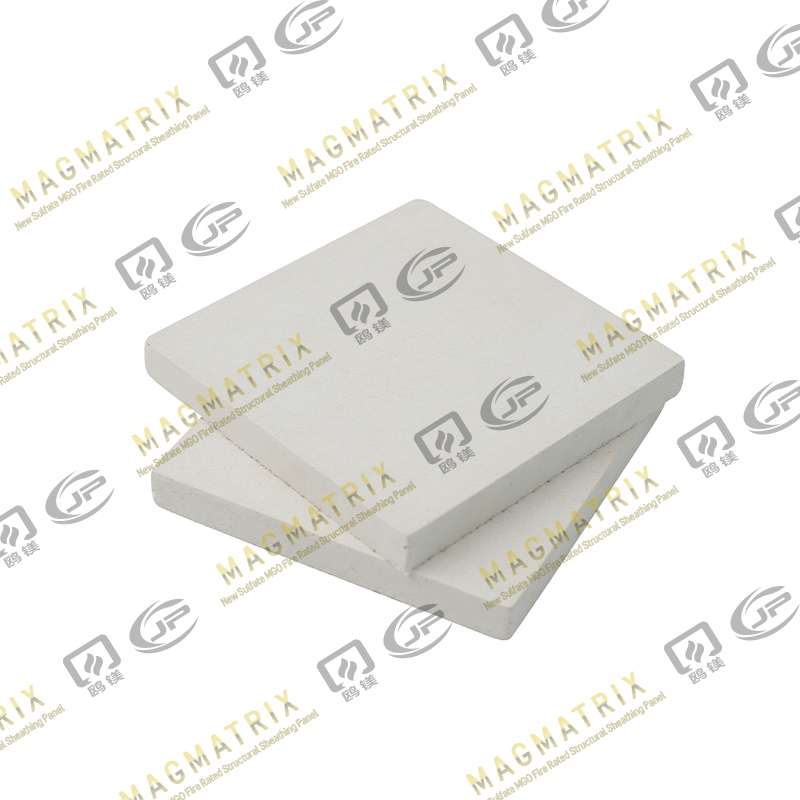 Perseverance MgO Wall Sheathing Board
Perseverance MgO Wall Sheathing Board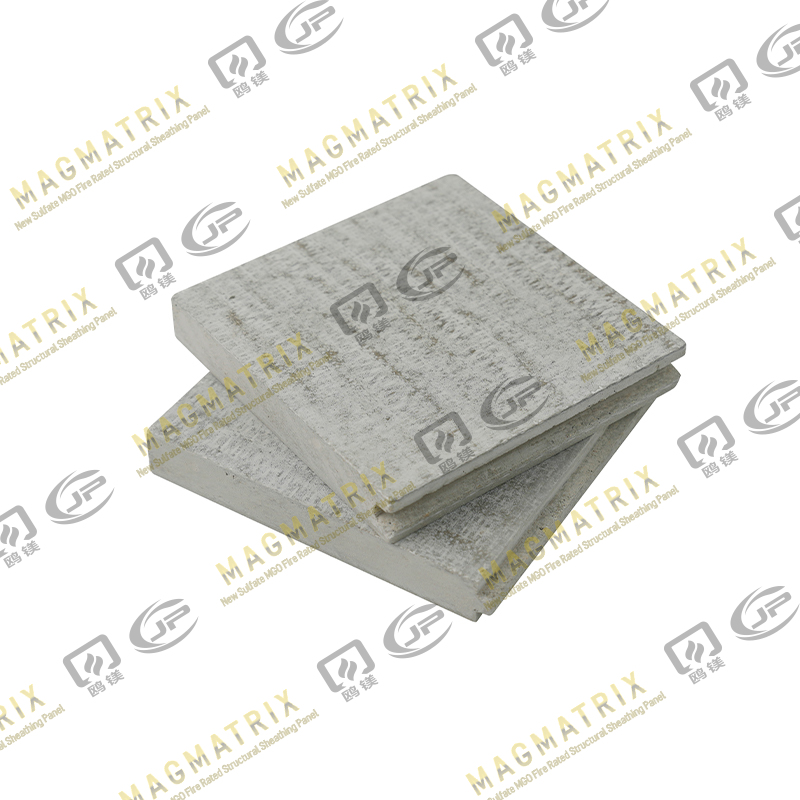 Multi-Support MgO Subfloor Sheathing Board
Multi-Support MgO Subfloor Sheathing Board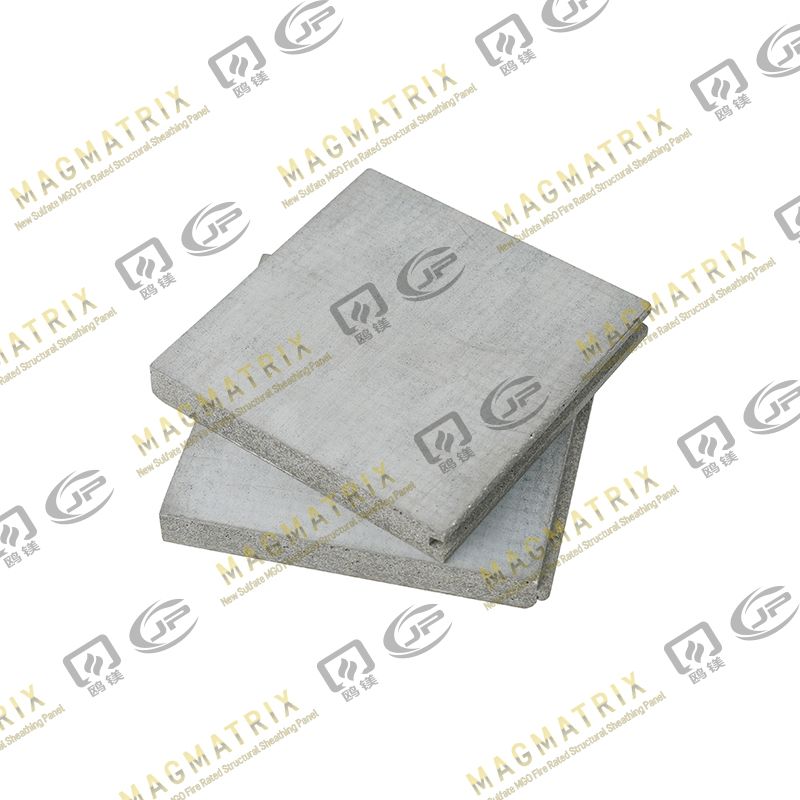 Perseverance MgO Subfloor Sheathing Board
Perseverance MgO Subfloor Sheathing Board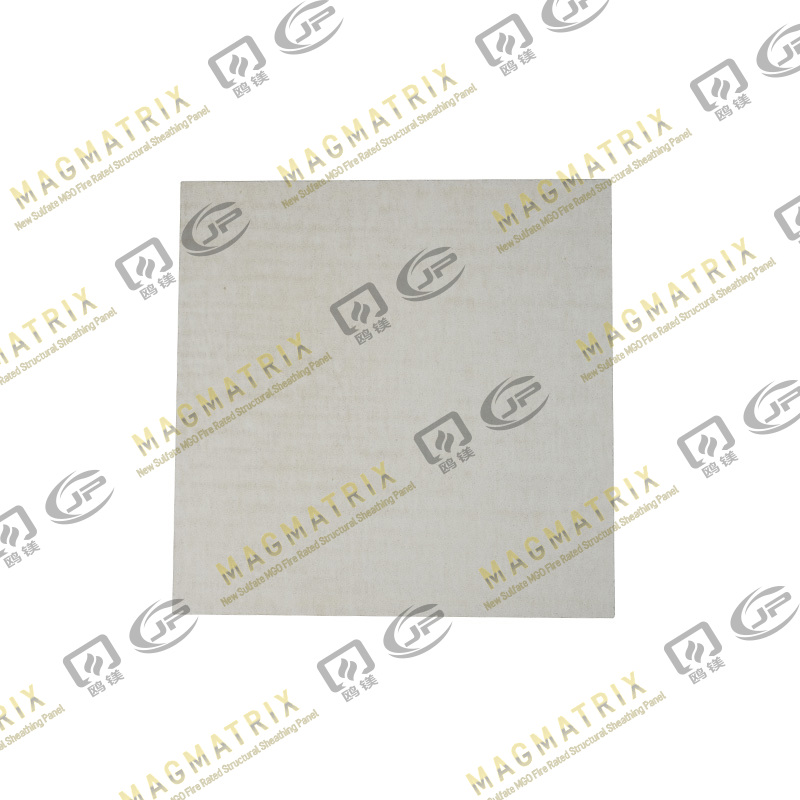 MagMatrix MgO Underlayment Panel/board
MagMatrix MgO Underlayment Panel/board


 English
English русский
русский Español
Español
